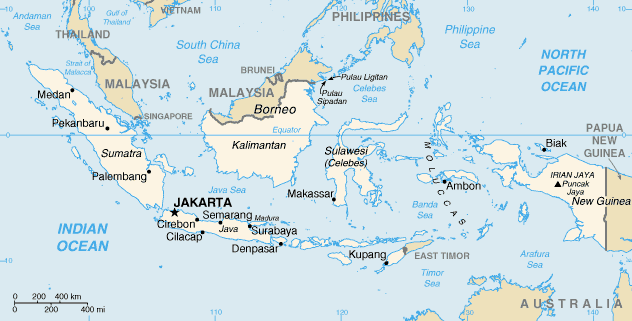Protecting rabies-free regions: OIE-organized workshop guides Asian countries in assessing rabies risk
- Community News
In response to several areas in Asia including Malaysia and Indonesia losing their rabies-free status in recent years, the World Organization for Animal Health (OIE)—in collaboration with the National Government of Indonesia and the Department of Agriculture and Water Resources of Australia—organized the Rabies Risk Assessment Workshop on March 6-9, 2019 in Bali, Indonesia. Participants from the medical and health sectors from Indonesia, Malaysia, Papua New Guinea, Philippines, Singapore, and Timor-Leste were in attendance, as well as representatives from OIE, FAO and GARC. The workshop was facilitated by Prof. Michael Ward and Dr. Victoria Brookes from the School of Veterinary Science, University of Sydney.
The Province of West Nusa Tenggara was officially declared rabies-free in 2017, joining eight other rabies-free provinces in Indonesia. Sadly, West Nusa Tenggara’s rabies-free status was cut short in January 2019 due to a rabies incursion potentially stemming from the customary movement of free-roaming dogs and use of dogs to guard corn farms. Geographically, this province is east of the rabies-endemic island of Bali.
Southeast Asia as a region has great potential for elimination of canine-mediated human rabies, especially from those countries separated from the mainland such as Brunei, Malaysia, the Philippines and Indonesia; however, maintaining rabies freedom is a great challenge. In 2015, Malaysia lost its rabies-free country status due to an incursion of canine rabies in its northwest regions bordering Thailand. In 2017, the first human rabies case in 20 years was reported in Sarawak, Malaysia, possibly introduced from neighboring West Kalimantan, Indonesia. In Bali, Indonesia, analysis of the rabies incursion in 2008 showed that introduction came from rabid dogs from Kalimantan through fishing boats.
In a pre-workshop to the Rabies Risk Assessment meeting, Malaysian and Indonesian representatives identified high-risk pathways for rabies spread between their countries. Consultation with experts (using candies as props) identified high risk entry and exit routes between West Kalimantan, Indonesia and Sarawak, Malaysia.

Indonesia map from the CIA World Factbook, public domain website (https://www.cia.gov/library/publications/the-world-factbook/)
Building on the pre-workshop ,workshop focused on introducing concepts such as route prioritization, risk assessment and disease modelling. the main To illustrate these points, several case studies were presented that highlighted research conducted by the University of Sydney in rabies free-countries such as Papua New Guinea and Australia.
The first day of the workshop introduced the concept of route prioritization. Using data collected from the pre-workshop, each country was tasked to identify and prioritize high risk pathways. Participants identified possible demographic groups and routes involved in dog trafficking and examined the purpose of dog-keeping (e.g.,hunting, security) and existing trade routes between bordering villages. On the second day, each country developed scenario trees and conducted risk assessments. Participants also identified the number of people and dogs (possibly with rabies) entering via high-risk entry points. On the third day the concepts of rabies incursion modelling and dog population estimation were introduced.
Meeting participant Dr. Joanita Bendia De Costa Jong (National Veterinary Director and OIE Delegate, Ministry of Agriculture and Fisheries, Timor-Leste), indicated that she would apply her improved knowledge on high-risk pathways to protect Timor-Leste from rabies.
This rabies risk assessment workshop highlighted the need for rabies-free areas to be celebrated but also the need to understand the constant vulnerability to incursion and the potential for spread. There are still more than 150 rabies-endemic countries, and workshops like this will speed progress towards the 2030 global goal of eliminating dog mediated human rabies.
Written by Dr. Sarah Jayme, GARC Asia Representative, using reports from the FAO and reports on northern Malaysia and Sarawak, Indonesia in the GARC newsletter
